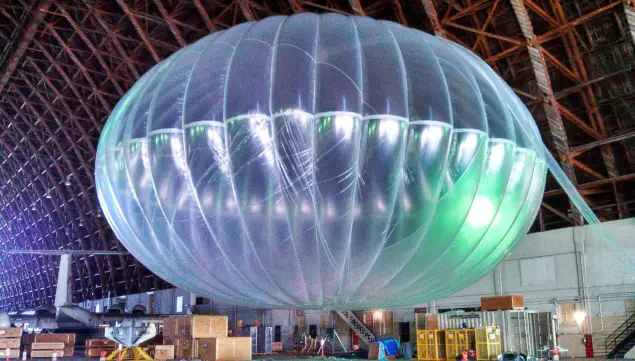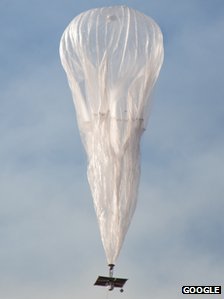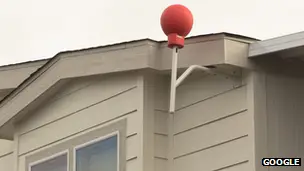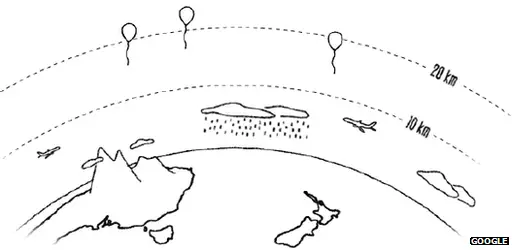After bringing Driver-less cars and Google Glass, team Google [X] is now set to launch the internet beaming antennas into the stratosphere. This project is named as ‘Project Loon’ and is in its experimental stage presently. Google is experimenting with giant jellyfish-shaped balloons that can beam the internet from the sky.
Around 30 of giant balloons are being launched over south island of New Zealand carrying the computer equipment with a capability of creating a high-speed internet infrastructure in the sky. These helium filled balloons are supposed to drift around the world on a controlled path.
Talking about Project Loon, chief technical architect at Google[x] Richard DeVaul told the BBC, “It’s pretty hard to get the internet to lots of parts of the world. The idea behind Loon was that it might be easier to tie the world together by using what it has in common – the skies – than the process of laying fibre and trying to put up cellphone infrastructure.”
This top-secret Project Loon after being in works for eighteen long months was announced in New Zealand on Saturday. Team Google [X] had 50 volunteer households to test the internet connections on their computers via these huge helium balloons carrying flight computers, antennae, batteries and navigational equipment.
A farmer and entrepreneur from a small town of Leeston, Charles Nimmo was the first person to get the internet access via balloons. He was signed for this experiment and Google technicians attached a receiver outside his home to receive the internet connections via balloons. 
These balloons are of 15 meters in size (when inflated) and are made of a thin polyethylene film. As per the statement released by team Google X, these balloons sail by on the wind 12 miles above Earth and will provide better and cheaper internet access than the underground fiber cables.
The Project Loon is currently in its early testing stages, but Google plans to launch thousands of such thin polyethylene balloons to provide internet access to remote areas worldwide. Team Google X claims that these balloons with equipment can provide the internet connection over an area of 1200 square kilometers. 
These large helium balloons will communicate with Google’s “mission control” where some engineers will monitor them and keep them on track.
However, Google claims to monitor and control these balloons, but it would be a great challenge for the technicians to manage the flight of so many balloons with varying atmosphere since the equipment is solar powered.
It’s going to be a tough challenge to make things work, and let’s wish good luck to Google for ‘Project Loon’.
Check out the video to know more about ‘Project Loon’
http://www.youtube.com/watch?feature=player_embedded&v=mcw6j-QWGMo#!
also can act as (low cost) UAV… nice 🙂